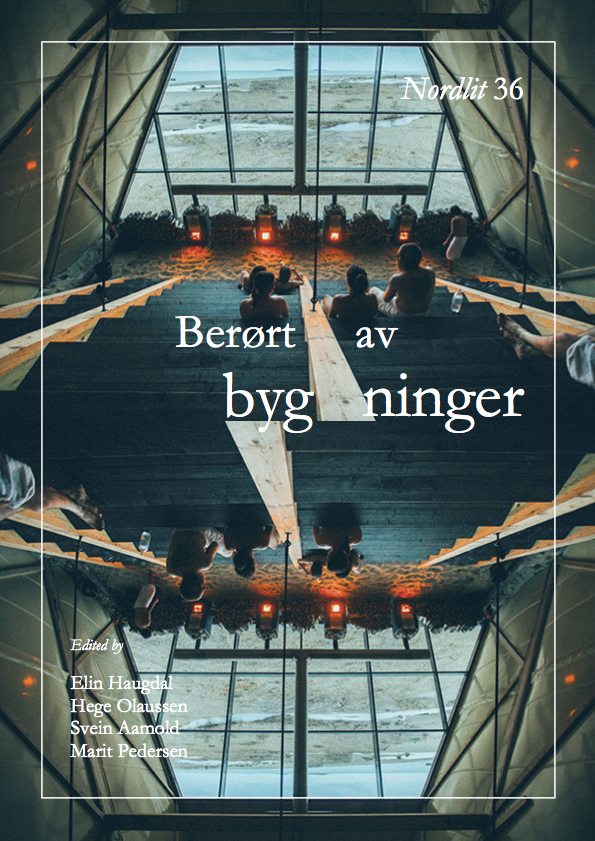Reindrift, hushold og kjønn: Sør-Troms på 1700-tallet, i historisk kildemateriale
DOI:
https://doi.org/10.7557/13.3688Keywords:
siida, bygd, samisk stasjonær reindrift, reineier, kjønn, hushold, familie, skattemanntall, folketelling, tingbøkerAbstract
Focusing on women’s and men’s participation, this article sheds light on the reindeer herding on the island of Hinnøya and in the southern areas of the county of Troms, Northern Norway, during the 18th and 19th centuries. In this region the Sámi and the Norwegian populations have been living side by side for a long period. In addition to hunting and gathering, the economy of the Sámi population was based on farming, fishing, and reindeer herding. Based on a variety of scant sources, the study focuses on the organization of the household and the concept of household as applied to a reindeer herding population. Who was participating in the reindeer herding and how was it organized? Men’s and women’s roles in the household, their economic contributions and their attachments to specific places and areas, are also studied. Public documents such as assize minutes, tax registers, censuses and court testimonies dating from the 1740s onwards have been analysed with regard to ethnographic and biographical studies. The four mentioned sources allow for different approaches to the analysis of gender perspectives, families, kinship, female and male participation, household organizations, economic activities and land use. By comparing this material with ethnographic studies and travel literature, selected individuals are followed – at least partly – through the different phases of their lifetime. Their roles within the household, their social status and kinship shed light on different conditions of their economic base. It is shown, in a systematic discussion of the sources related to specific regions, that women contributed to and participated in the reindeer herding as a part of a combined economy. However, the sources are insufficient for a full reconstruction of the Sámi households in this geographical area.









